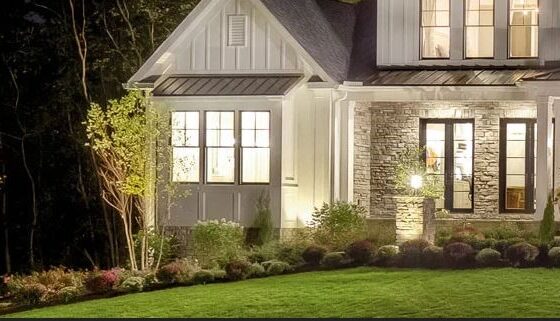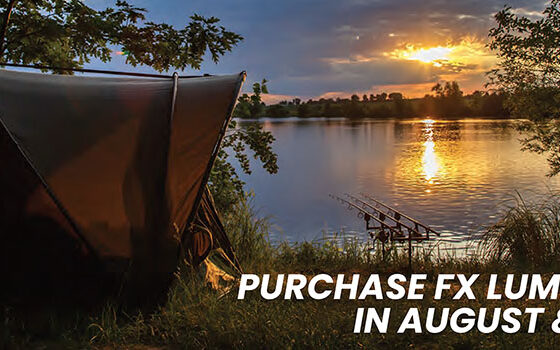LED (Light Emitting Diode) has rapidly been replacing incandescent lighting in the past few years. It is no secret that LEDs are much more durable and long-lasting than incandescent lamps. This is because a diode is comprised of a solid state material that produces light when a current is passed through it. An incandescent lamp (“light bulb”) is old technology (see Thomas Edison) that when voltage is introduced a filament heats up to several hundred degrees and emits light. Incandescent lighting is extremely inefficient and wastes a lot of energy. For every 100 units of energy used, 96 is wasted as heat; so it’s efficacy is minimal.
To put it in numbers, the service life of incandescent lamps is a few hundred hours to a few thousand, while LEDs are estimated at tens of thousands of hours. Incandescent lamps are old-fashioned and inefficient. LEDs are extremely energy efficient and use up to 90% less energy for comparable lumen output so their efficacy (lumens per watt) is much greater than incandescent.
Compared to a standard incandescent lamp, LEDs are:
- Smaller in size
- Consume less energy
- Are proven to be more durable and reliable
- Last longer
- Contain no harmful toxins
- Do not emit ultraviolet (UV) or Infrared (IR) waves
- Many insects navigate by or are attracted to UV or IR, so LED attracts fewer insects than incandescent lamps
- Have a wider variety of Kelvin temperature (light color) choices
Have you ever noticed that incandescent lamps are hot to touch? That is because all the energy wasted is released in the form of heat. On the other hand, most LEDs remain cool to the touch because they don’t waste energy. Higher LED efficacy means you get comparable light output to incandescent with a fraction of the wattage and a very small amount of wasted energy. Ultimately this means the LED lamps last longer and the homeowner’s electric bill is less.
Although LED fixtures and retrofit lamps are more expensive to buy up front, in the long run, they are worth it because of what they save. While every lighting system requires annual maintenance to clean fixtures (dirt, mineral build-up, etc.), relocate fixtures away from plant material or trimming plants, etc., installing or converting a system over to LED does mean less maintenance because the contractor (or homeowner) doesn’t have to replace lamps. The average LED accent light lasts about 40,000 hours; if this fixture is operated six hours a day, 365 days a year, that LED will last 18 years.
There is more to landscape lighting than choosing the type of lamp. Color temperature also plays a role in creating the perfect outdoor area. The following are tips to reference in choosing an LED light source.
- Light color is measured on a temperature scale referred to as Kelvin (K).
- Lower Kelvin numbers mean the light appears more yellow; higher Kelvin numbers mean the light is whiter or bluer.
- For a warmer, incandescent-looking light, select 2700-2900K.
- For a crisper, whiter light, select 3000K.
- For bluer white light, use bulbs marked 4150-6500K.
The Kelvin temp of reflected moon light is 4150K and that is fairly blue’ish in color. Generally a good rule of thumb is to use warmer colored light on warmer colored objects (red Japanese Maple, taupe pavers, yellow/orange/red flowers, etc.), and use cooler colored light on cooler colored objects (bluestone patio, blue/indigo/violet flowers, green foliage, grey bark, etc.). If in doubt, use 3000K because you can add an amber lens to it and warm up the color of the light if needed.
While incandescent lamps are cheaper to buy initially, their lifetime cost is significantly more expensive than LED when you consider that they burn out more frequently thus incurring more labor to buy and replace, cost four times more to operate (Kilowatt hour), damage plants with high heat, incur additional cost in larger wire and transformer equipment, etc. So LED is the smarter, more efficient and more eco-friendly way to illuminate your next project.
Need help with your upcoming lighting job? Contact one of Wolf Creek Company’s lighting specialists for assistance: Brooke Perin – 614.402.3017 or Chuck Watterson – 216.276.6529.













Thanks for this in-depth LED guide.